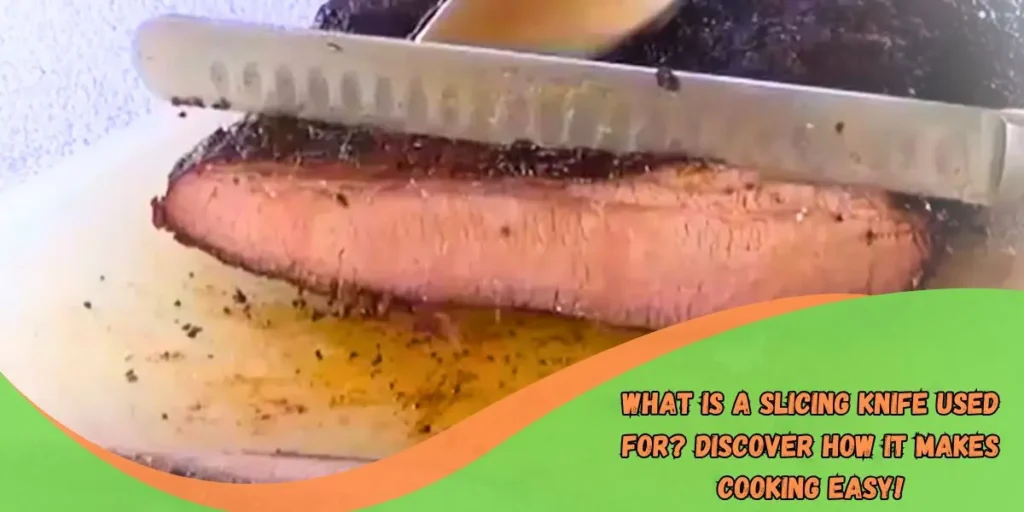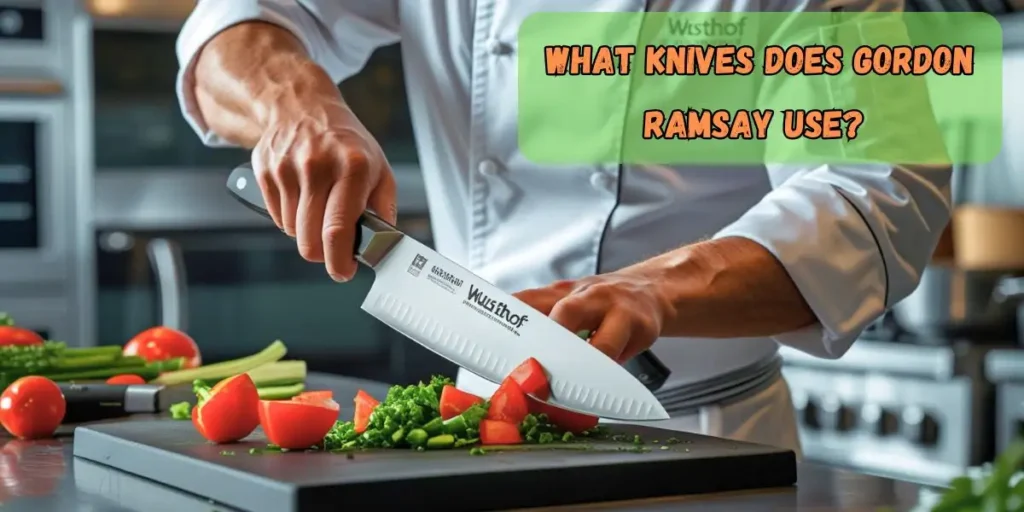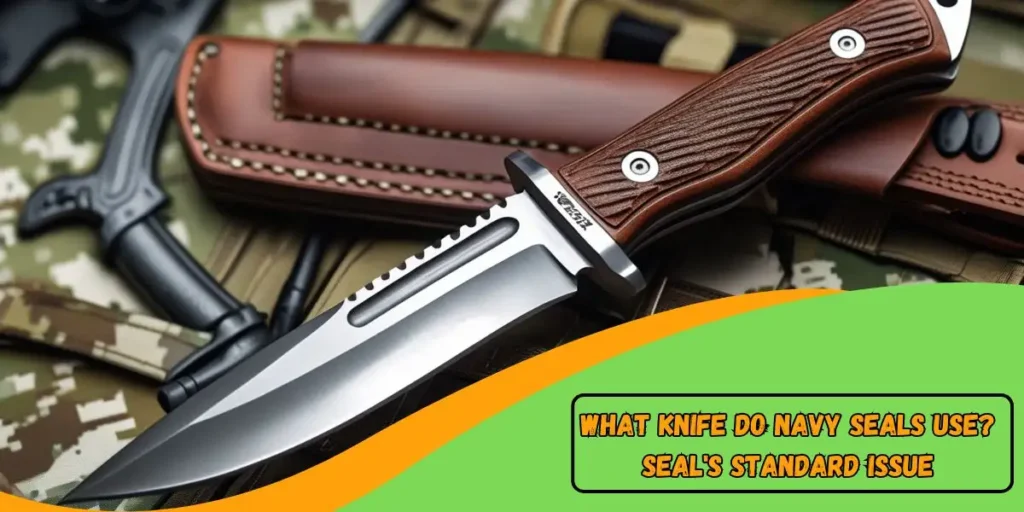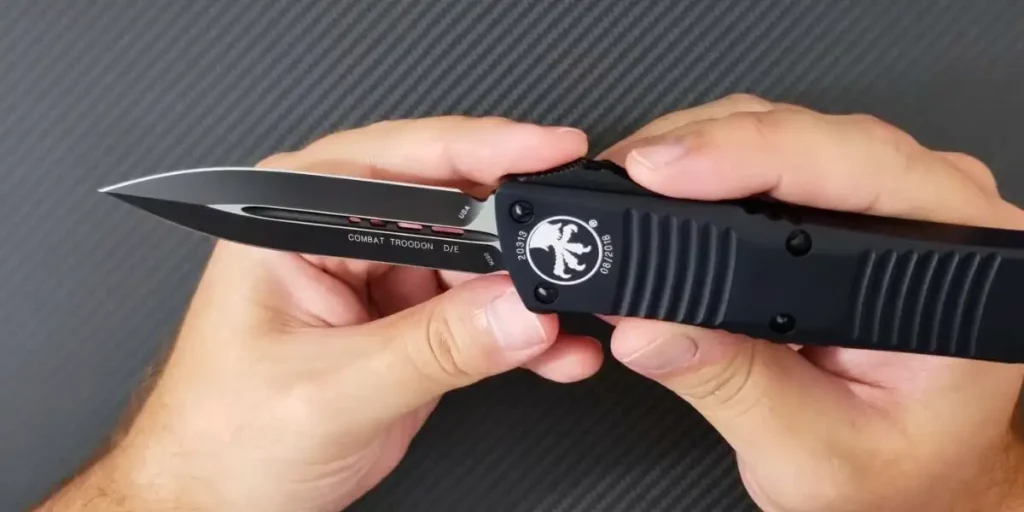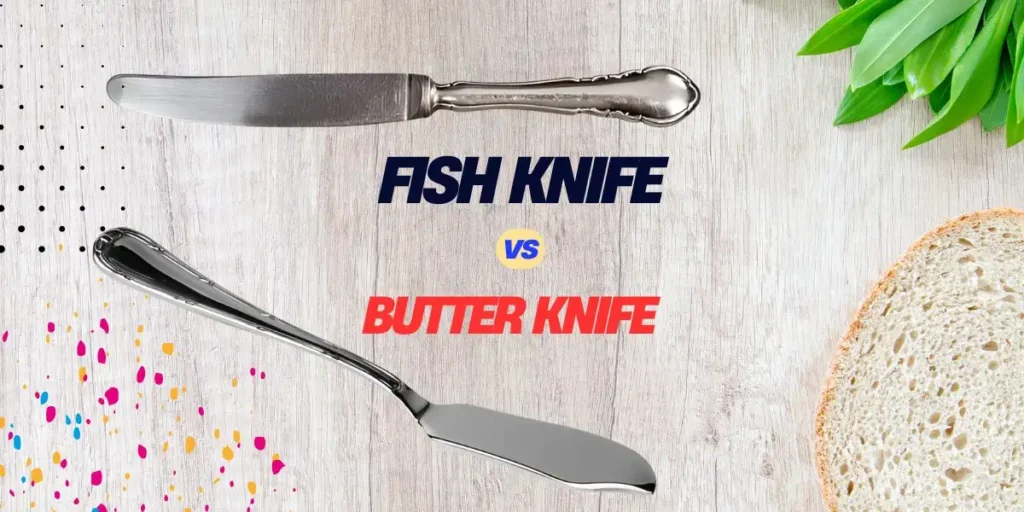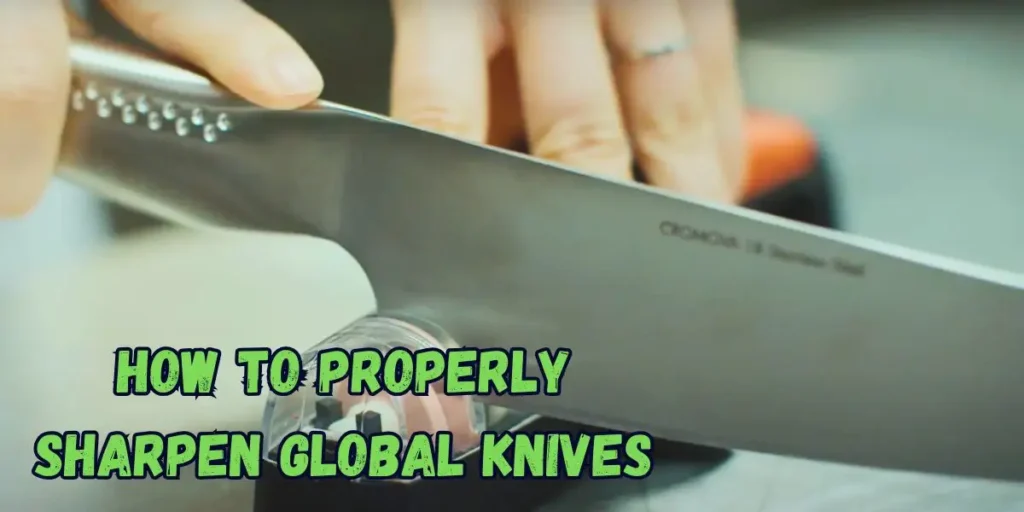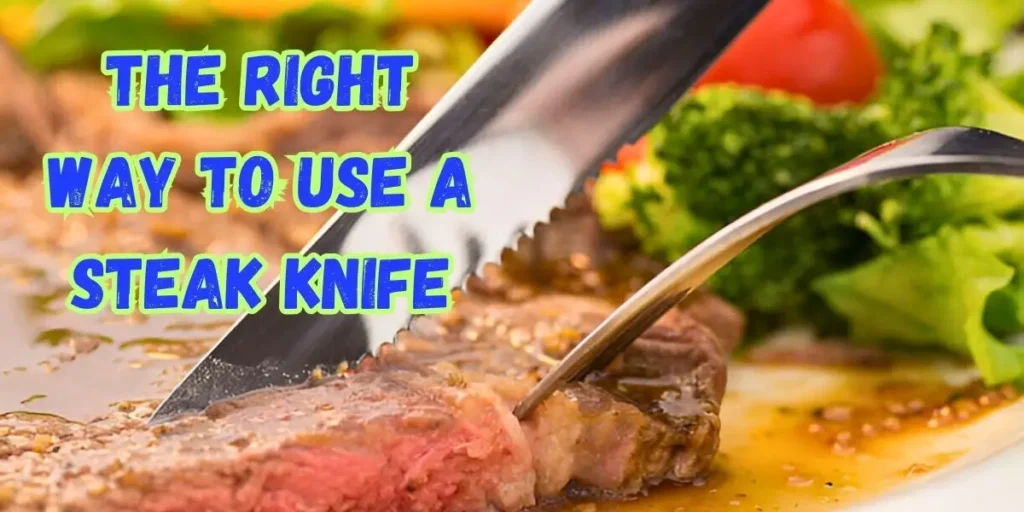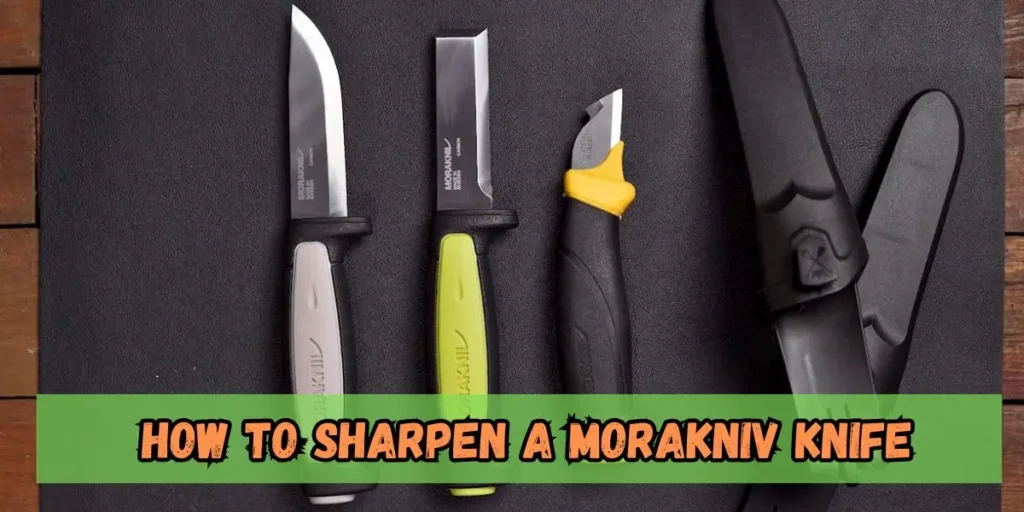What Is a Slicing Knife Used For? Discover How It Makes Cooking Easy!
Have you ever struggled to slice a roast or a loaf of bread only to end up with uneven or squished slices? If this sounds all too familiar, a slicing knife is the solution you’ve been looking for. It’s a kitchen tool that brings relief when dealing with challenging food items.
A slicing knife is long and thin. It is made to help you cut things into neat, even slices. Whether you are a pro chef or just love cooking at home, this knife will make your life easier. But what exactly is a slicing knife used for? And why is it so special? Let’s find out!
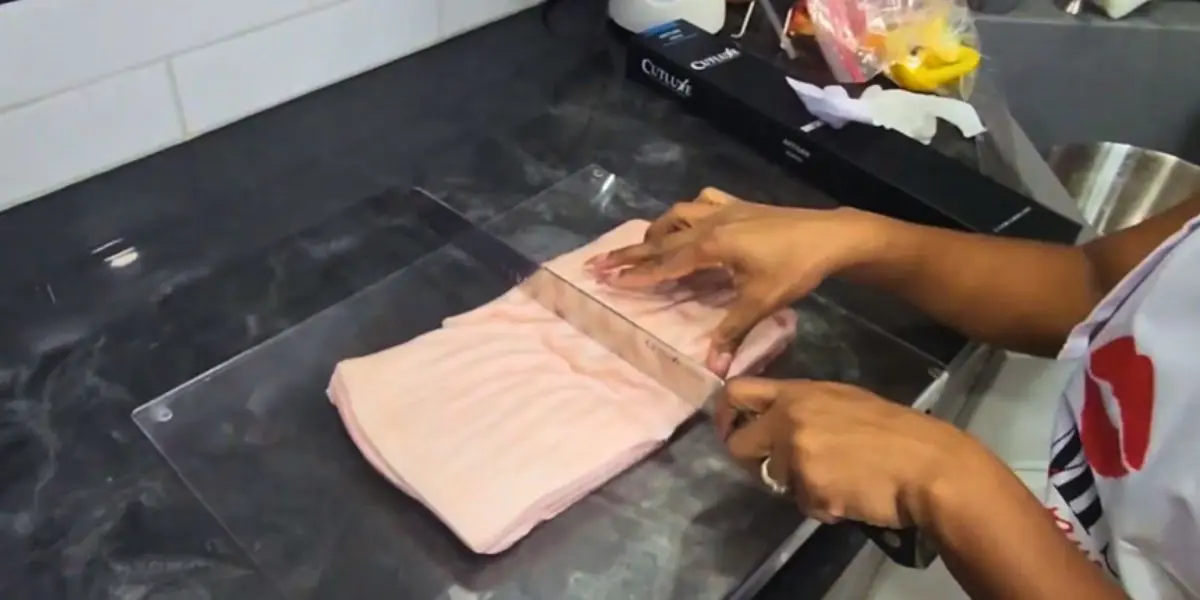
What Is a Slicing Knife?
A slicing knife is a unique tool for cutting foods into smooth, even slices. Its long, thin blade, which is flexible and designed to make precise cuts without tearing the food, sets it apart from other knives.
Slicing knives usually have blades between 8 and 14 inches long. The long blade helps you slice through significant cuts of meat, such as roast or turkey, while the thin blade ensures the meat’s texture is not damaged.
Why You Need a Slicing Knife in Your Kitchen
Have you ever tried cutting a roast with a regular kitchen knife? You might end up with uneven slices or, even worse, shredded meat. This is where the knife comes in. It helps you make perfect slices, no matter what you’re cutting.
The right knife is key to hosting dinner parties or preparing meals beforehand. It makes your food look beautiful and neat and makes your kitchen work easier.
The Slicing Knife vs. Other Knives
When you compare a slicing knife to other kitchen knives, it’s clear why this knife is so good at specific jobs.
- Slicing Knife vs. Carving Knife: Both knives are long, but the carving knife is a bit curved. The slicing is thinner and more flexible. This flexibility helps it make perfect slices without damaging the food.
- Slicing Knife vs. Chef’s Knife: A chef’s knife is great for many tasks, but it’s not the best for slicing. The knife is designed to give smooth, even cuts without any effort.
Related: How to Use Chef’s Choice Knife Sharpener
Key Features of a Slicing Knife
- Blade Length: Slicing knives are longer than most other knives. They usually range from 8 to 14 inches. This long blade helps you cut large pieces of food in one smooth stroke.
- Blade Flexibility: The slicing knife’s flexible blade makes it stand out. It bends slightly as you cut, allowing for delicate, precise slices.
- Handle Comfort: Slicing knives are often used for more extended periods. A comfortable handle reduces hand strain and makes the knife easy to use.
What Is a Slicing Knife Used For?
Slicing Meats Like a Pro
One of the main reasons you need a slicing knife is to cut meat. Whether you’re cutting roast beef, turkey, or ham, this knife makes the job much easier. The long, thin blade ensures that each slice is smooth and even, which is especially helpful when serving your meat in perfect portions.
Unlike regular knives, a slicing helps you cut through tough meats without tearing or shredding them. The flexible blade also lets you slice along the grain, ensuring the texture remains intact. Imagine carving a roast and having each slice look like the next—this is what a slicing knife does for you.
Slicing Bread Without Crushing It
Slicing bread can be tricky. If you use the wrong knife, your bread might get squashed. A slicing knife with a serrated edge is perfect for this task. The serrations cut through the crust without pushing the soft inside out, giving you meat slices every time, whether cutting homemade bread or a store-bought loaf.
Bread-slicing knives typically have a longer, thinner blade with small teeth. This design ensures that the bread is sliced cleanly and not crushed. This knife is a must-have if you enjoy baking or eating fresh bread.
Related: What Type of Knife to Cut Raw Chicken Breast
Slicing Vegetables and Fruits
While a knife is often associated with meat, it’s a versatile tool equally great for slicing fruits and vegetables. Whether it’s tomatoes, cucumbers, or delicate citrus fruits, a slicing knife empowers you to cut through them without squashing. It’s a tool that makes you feel capable and in control of your cooking.
The blade’s flexibility allows you to slice soft vegetables and fruits smoothly and controlled. For example, a knife can make perfect tomato slices for a salad or sandwich. It also helps preserve the shape and freshness of your produce, making your dishes look and taste better.
Slicing Fish and Delicate Cuts
Suppose you love sushi or preparing delicate fish dishes; a slicing knife will make your job much easier. Slicing knives are great for cutting through fish without tearing the flesh. Whether cutting salmon, tuna, or any other type of fish, a sharp, flexible knife ensures that each cut is clean and precise.
For sushi lovers, making thin, even slices of fish is crucial. A slicing knife allows you to achieve the perfect cut, making your dishes look as good as they taste.
Slicing Cakes and Pastries
Yes, a slicing knife is also perfect for cutting cakes and pastries! Whether it’s a decadent cake or delicate pastries, the sharp blade of a slicing ensures you make clean, precise cuts. It’s a tool that instills confidence in your dessert presentation.
This knife is handy for layered cakes, allowing you to cut through each layer evenly. This knife can be a game-changer if you’re baking at home or serving dessert for a special occasion.
Why a Slicing Knife Is Essential
A slicing knife is a versatile tool that helps you get the perfect slice every time, from meat to delicate cakes. Whether you’re slicing bread, vegetables, or fish, its thin, flexible blade ensures smooth, even cuts. This tool is designed to make your kitchen tasks easier and more efficient.
Using a slicing can significantly enhance the look and texture of your food. It also helps preserve the integrity of the items you’re cutting, ensuring they stay fresh and appetizing. If you want to take your cooking to the next level, this knife is one you won’t want to skip.
Types of Slicing Knives
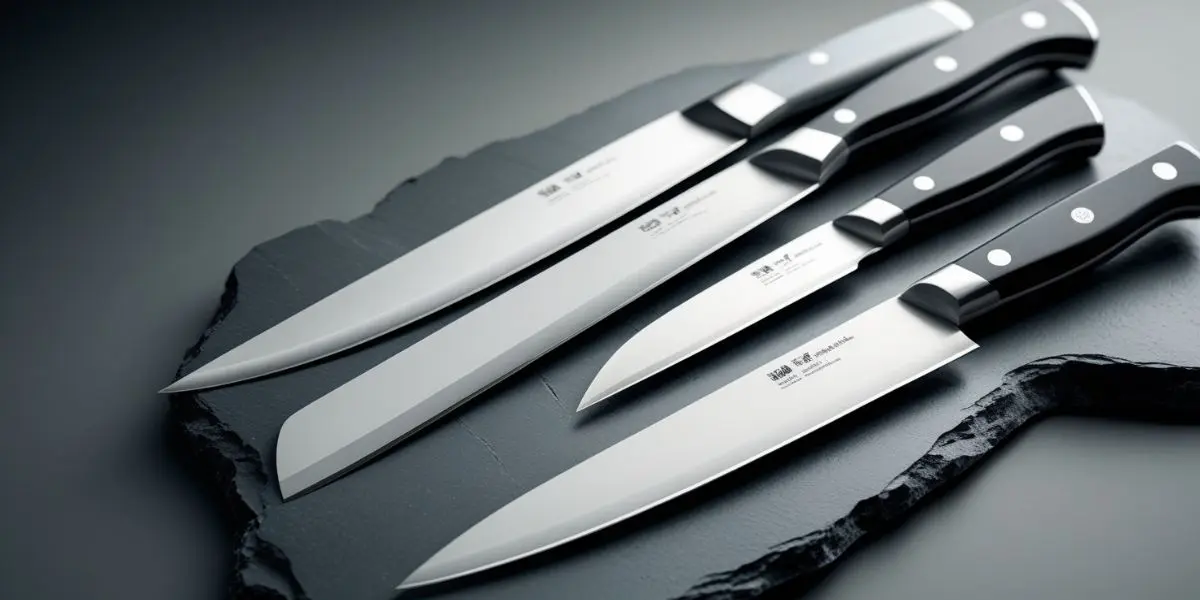
Traditional Straight-Edge Slicing Knives
The straight-edge slicing knife is the most common type. Its long, thin blade makes it great for cutting with precision. This knife is perfect for slicing meats, vegetables, and breads evenly. The long blade helps you cut through food without crushing it.
A straight-edge slicing knife is an excellent tool for cutting large pieces of meat, like roast or asy. It gives you smoothness and always produces slices every time. Fo, making it a must-have for chefs, this knife ising Knives
Serrated slicing knives have teeth along the edge, much like a saw. The serrated edge helps cut through tough outer layers, such as the bread crust. It slices the bread without crushing the soft inside.
A serrated slicing knife is excellent for cutting bread or soft vegetables like tomatoes. The serrations grab the food and help cut without tearing. If you bake bread at home or enjoy fresh loaves, this knife will make slicing much more manageable.
Japanese vs. Western Slicing Knives
There are two main styles of slicing knives: Japanese and Western.
- Japanese Slicing Knives: These knives are lighter and thinner. They are sharp and let you cut wonderful slices. Japanese knives are great for delicate tasks like slicing fish for sushi. If you love Japanese cooking, this knife is a good choice.
- Western Slicing Knives: These knives are thicker and heavier. They work well for cutting through large pieces of meat or dense foods. When slicing, western knives give you more power and stability, making them perfect for demanding jobs.
Both types of knives have their advantages. The choice between Japanese and Western knives depends on your cooking style and what you enjoy slicing most.
Related: How to Use Chef’s Choice Knife Sharpener 2-Stage
Flexible vs. Rigid Slicing Knives
Slicing knives can be flexible or rigid. Here’s the difference:
- Flexible Slicing Knives: These knives have a blade that bends slightly when cutting. They are great for slicing thin, delicate foods like fish or tender meats. The flexibility gives you more control and precision in your cuts.
- Rigid Slicing knives have stiffer blades, which are better for cutting through tough foods like large roasts. The rigid blade helps you make straight, clean cuts with more force.
Both types are helpful. If you want smooth, thin slices, choose a flexible knife. A rigid knife is correct if you need strength to cut through more substantial, challenging foods.
How to Choose the Right Slicing Knife
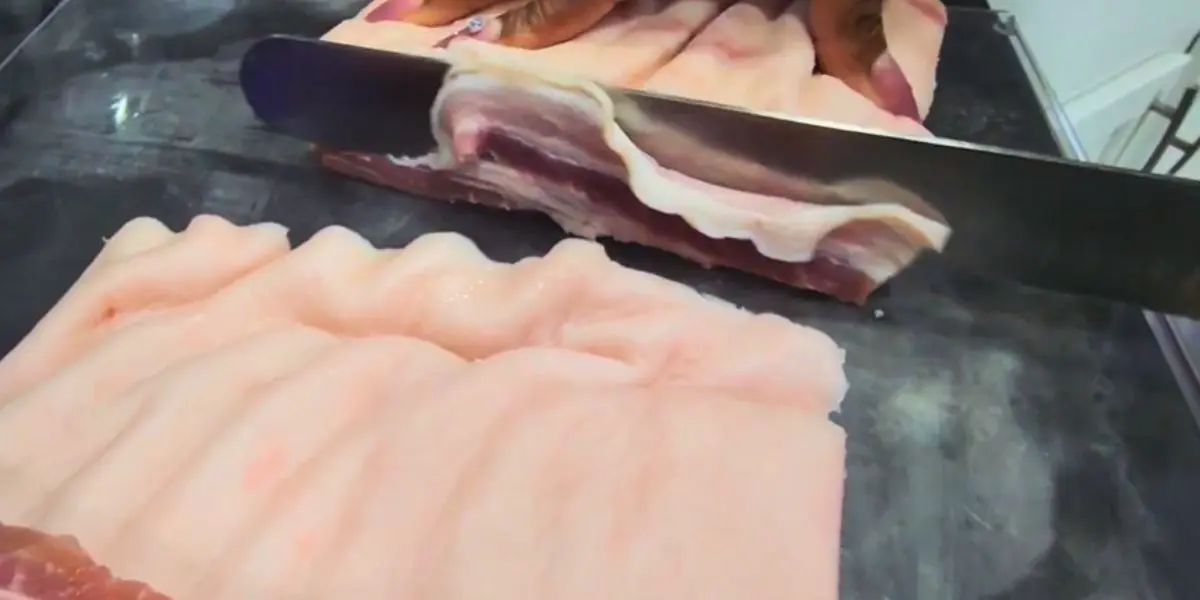
Consider the Blade Material
The blade material is essential when choosing a slicing knife. It affects how sharp the knife stays and how easy it is to use.
- Stainless Steel is popular because it is strong, durable, and doesn’t rust. It’s an excellent option for long-term use and easy to sharpen.
- Ceramic: Ceramic blades are sharp and stay sharp for a long time but are also more fragile. They can chip if you drop them. Ceramic knives are suitable for clean, precise cuts, but be careful with them.
- Carbon Steel: Carbon steel knives are sharp and get sharper with use. However, they can rust if not maintained properly. If you don’t mind extra care, carbon steel is an excellent option for sharp, clean cuts.
Handle Types and Comfort
A comfortable handle is just as important as the blade. You’ll be using your slicing knife for a while, so the handle should feel good in your hand.
- Wooden Handles: Wooden handles look nice but need to be handled carefully. If wet, they can become slippery.
- Plastic Handles: Plastic handles are easy to clean and come in different shapes. They are strong and provide a good grip.
- Metal Handles: Metal handles are strong and long-lasting. But they can be slippery unless designed with an ergonomic grip.
Pick a handle that feels comfortable and fits your hand. A good grip will make slicing more manageable and prevent fatigue.
Blade Length and Flexibility
The length of the blade matters when choosing a slicing knife. A longer blade (10-14 inches) lets you slice larger pieces of food with more control. It’s perfect for cutting big roasts, fish, or bread.
- Longer Blades: Choose a longer blade if you cut big pieces of meat or want long, smooth slices.
- Shorter Blades: A shorter blade (around 8 inches) is better for minor, precise cuts and is easier to control.
The blade’s flexibility also matters. Flexible blades are great for slicing delicate foods like fish. If you need to cut through more challenging foods, like roasts, go for a more rigid blade.
Popular Brands and Recommendations
Some brands are well-known for making high-quality slicing knives. Here are a few to check out:
- Wüsthof: Known for sharp, durable knives. Great for both chefs and home cooks.
- Global: Lightweight and sleek. These knives are sharp and easy to use.
- Shun: High-quality, well-crafted knives that are perfect for precision.
Before buying, look for customer reviews and expert advice. You want a knife from a trusted brand that offers good value.
Budget Considerations
Slicing knives are available at various prices. While it can be tempting to choose the cheapest option, investing in a good knife will pay off in the long run. A high-quality knife will last and make cooking easier.
- Budget-Friendly Options: These knives are affordable but may need sharpening more often.
- High-End Knives: These knives may cost more but last longer and stay sharper. Investing in a better knife will be worth it if you cook often.
Conclusion
A slicing knife is a must-have in every kitchen. It helps you cut meat, bread, and vegetables quickly and precisely. Using the right knife makes your food look and taste better.
Choosing and caring for a good slicing knife makes cooking easier. It saves time and effort, helping you create beautiful, well-cut meals daily.
Investing in a quality slicing knife is worth it. It will last for years and make meal prep simpler and more enjoyable. Whether you’re slicing a roast or fresh bread, the right knife does the job perfectly.
Frequently Asked Questions (FAQs)
A slicing knife is primarily used to make precise, thin cuts of meat, bread, and vegetables. It ensures the food is clean, even slices, without crushing or tearing it.
A slicing knife is excellent for cutting soft vegetables and fruits, such as tomatoes or cucumbers, without squishing them. It provides neat, uniform slices.
A slicing knife is more extended, thinner, and flexible than a chef’s. It’s designed for precise slicing, while a chef’s knife is for general cutting.
To maintain a slicing knife, regularly clean and dry it after use, sharpen the blade when it dulls, and store it properly to prevent damage or rust.
Serrated slicing knives are better for bread or soft foods. Straight-edge slicing knives provide better control for meat and yield smoother, more precise cuts.
A slicing knife blade typically ranges from 8 to 14 inches. Longer blades are ideal for more significant cuts of meat, while shorter blades offer more control.
Related Posts
-
 What Is a Slicing Knife Used For? Discover How It Makes Cooking Easy!
What Is a Slicing Knife Used For? Discover How It Makes Cooking Easy! -
 What knives does Gordon Ramsay use? Check out his premium knives
What knives does Gordon Ramsay use? Check out his premium knives -
 What Knife Do Navy Seals Use? SEAL's Standard Issue 2025
What Knife Do Navy Seals Use? SEAL's Standard Issue 2025 -
 What Knife Does John Wick Use? Learn About His Deadly Blade
What Knife Does John Wick Use? Learn About His Deadly Blade -
 What is a Nakiri Knives Used For? Benefits & Features Explained
What is a Nakiri Knives Used For? Benefits & Features Explained -
 Fish Knife vs Butter Knife: Key Differences and Uses Explained
Fish Knife vs Butter Knife: Key Differences and Uses Explained -
 How to Sharpen Global Knife: A Quick Guide 2025
How to Sharpen Global Knife: A Quick Guide 2025 -
 Decoding the Iconic Why So Serious Joker Knife
Decoding the Iconic Why So Serious Joker Knife -
 The Right Way to Use a Steak Knife: Tips and Tricks
The Right Way to Use a Steak Knife: Tips and Tricks -
 How to Sharpen a Morakniv Knife Safely and Effectively
How to Sharpen a Morakniv Knife Safely and Effectively

